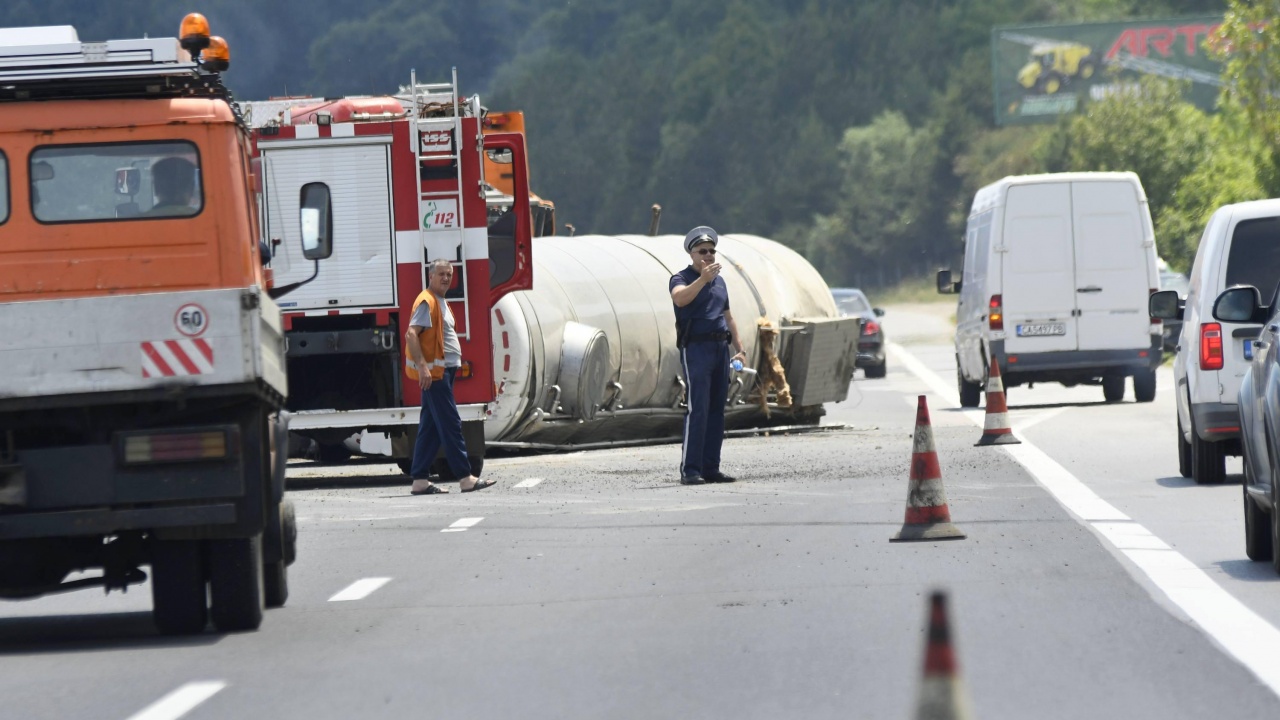Upper Austria / Lower Austria. The amended entry ordinance, which came into force on May 19, brings the 3-G rule instead of quarantine for numerous countries. Furthermore, strict rules apply when entering from high-incidence areas and the “virus variant states” Brazil, India and South Africa.
“In many countries, the number of infections is falling, so we can also make it easier for people to enter Austria in parallel to the opening steps in the country. The pivotal point of this ordinance is also the 3-G proof: Proof of vaccination, testing or recovery is a prerequisite for each type of entry. All vaccinations that have been approved by the EMA or have successfully passed the relevant WHO process are recognized as proof of vaccination. When entering from high-incidence areas, quarantine must also be taken, for virus variant states even stricter rules apply, “said Health Minister Wolfgang Mückstein.
The amendment to the Entry Ordinance provides for three categories; it will initially apply up to and including June 30, 2021.
Entry from countries with low infection rates: 3-G rule, no quarantine
Any type of entry is possible from countries with a low incidence of infection, including for tourist purposes. A current 3-G certificate is required. If this cannot be presented upon entry, a test must be carried out immediately, but in any case within 24 hours.
- A document issued in German or English (e.g. yellow vaccination pass) about a vaccination that has been approved by the EMA or has successfully passed the EUL process of the WHO counts as proof of vaccination.
- A medical or official confirmation (e.g. separation notice) in German or English about an infection that has been overcome in the past six months is considered a recovery certificate.
- Proof of neutralizing antibodies, which may not be more than three months old upon entry, is equivalent to the recovery certificate.
The ordinance summarizes the states with a low incidence of infections in Annex A, taking into account both EU / EEA states and third countries with a low incidence.
The following countries are currently included: Andorra, Australia, Belgium, Bulgaria, Denmark, Germany, Estonia, Finland, France, Principality of Liechtenstein, Greece, Ireland, Iceland, Israel, Italy, Latvia, Luxembourg, Malta, Monaco, New Zealand, Norway, Poland , Portugal, Romania, San Marino, Singapore, Slovakia, Slovenia, Spain, Switzerland, South Korea, Czech Republic, Hungary, Vatican.
Entry from risk countries: 3-G rule, test with quarantine
The rules are stricter when entering from high-incidence states for those people who have not yet been vaccinated or tested: In principle, a 3-G certificate must be presented. If no evidence is provided, a test must be carried out immediately, but in any case within 24 hours.
Vaccinated or recovered people do not have to enter quarantine when entering from risk countries, but those who have been tested do. This can be ended from day five after entry with a new negative test result.
Currently covered by this regulation are the countries Croatia, Lithuania, the Netherlands, Sweden and Cyprus (to be found in the regulation in Annex B1)
Entry from virus variant states: PCR test and quarantine
If you travel to Austria from “virus variant states” – to be found in Annex B2, currently these are Brazil, India and South Africa) very strict rules still apply. As before, entry is only possible to a very limited extent. In essence, only Austrian citizens and persons with residence or habitual abode in Austria are allowed to enter. Entry for humanitarian reasons or in the urgent interest of the republic is also possible.
For people who come from a virus variant area or who have stayed in one in the past ten days, the following applies as before: Entry is only possible with a negative molecular biological test result (e.g. PCR). The obligation to test also applies to vaccinated and recovered people.
Austrians and people residing in Austria who have been in a virus variant state in the past ten days are allowed to enter, but must do a PCR test within 24 hours. This is controlled by the health authorities.
The ordinance banning landing from South Africa, Brazil and India was also extended up to and including June 6th.
Test required for children over ten years of age
Entry from other countries that cannot be found on Annex A, B1 or B2 is generally prohibited and, as before, only possible in exceptional cases – for work or study purposes, for example. In any case, a 3-G proof must be provided upon entry. Vaccinated or recovered people do not have to go into quarantine upon entry, but those who have been tested do.
The exceptions for commuters remain unchanged and still do not apply to entry from virus variant areas.
Children over ten years of age must be tested; under ten years of age, the immunity status of the parents or the supervisor counts. The quarantine obligation generally also applies to children, but does not apply if the parents or authorized supervisors are exempt from quarantine.
Furthermore electronic registration
In principle, an electronic registration is required before each entry https://entry.ptc.gv.at/ necessary. This must be done 72 hours before entry at the earliest; commuters must renew it every 28 days.
–


